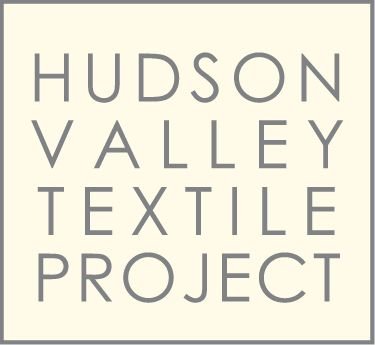Weaving Report on Crazy Legs Romney…a very sweet and versatile fiber!
Weaving for Norma Johnson-Glacy and Crazy Legs Romney Farm this last summer gave me a chance to make an extensive exploration Romney wool. Norma’s main market is the Fort Edwards Farmer’s Market, a Thursday afternoon summer market located in the old Canal Street Building, Fort Edward, NY. https://www.canalstreetmarketplace.org She wanted a variety of items, price points, and designs to appeal to a variety of tastes and pocketbooks. In our initial meeting, and a long series of emails, we finally decided that Norma would have her wool spun into 2 weights, and three colors. She requested finished objects as lap robes, car rugs, shawls, wraps, scarves, and table runners. We achieved the 2 weights, not by spinning two weights of yarns, but by spinning a single yarn of 1800 yards per pound, and the plying the amount required for the heavier lap robes. Thus we’d end up working with a singles yarn of 1800 yards per pound for the shawls and scarves, a 2 ply yarn of just less than 1000 yards per pound for the robes/car rugs, and a very nice combination of 2 ply warp with the fine weft for a relatively stiff, flat fabric perfect for table runners. Producing such a wide variety of items from a single breed specific yarn was going to be a studio challenge!
But, according to Deb Robson, in her Fleece and Fiber Sourcebook, versatility should be Romney’s middle name. She relates its traditional English history but remarks that the popularity of Romney in the United States has increased its fiber variability tremendously and it now ranges from moderately course to fairly fine. I’ve loved working with Romney in a blend with Corriedale for weaving sewing yardage, but this would be my first opportunity to explore pure Romney across such a wide range of functional products.
As a weaver, I’ve got a lot of tools at my fingertips. The primary elements in this project were yarn weight, and changes to density and structure. Density is influenced by the sett of the warp and the weft, and is always relative to the weight of the yarn. Structure refers to the pattern of interlocking warp and weft. Plain weave is the most basic form but twills given an almost infinite variety of aspects, some with highly complex visible patterning. www.handweaving.net is a great archive for exploring and studying weaving patterns.
Lap robes and car rugs from the heavier yarn need some heft but with enough drape to fold nicely around the body. I sett those at 10 ends per inch and used a 14 harness Sassure Crepe, for both. Crepe gives a lot of loft and softness to Romney by making a lot of air spaces and flexibility to the fabric while not creating any pattern in itself. A crepe is a great structure that adds a lot to the fabric while not drawing attention to itself. It doesn’t compete with simple color striping.
The shawls and wraps were in the finer yarn and sett at 16 ends per inch, and I found a gorgeous complex MW threading for a highly patterned cloth for a few of these. This kind of highly patterned and complex twill is much flatter than a crepe structure, and shows off the Romney.
After such a feast of patterning in the wraps and shawls, I was looking for a change in the scarves, as not everyone loves complex patterning. I dropped the sett down to 14 for these, as a wrap around the throat needs to be softer and ‘drapier’ than one around the shoulder. I went back to a crepe structure and a simple dotted twill and both gave me the added loft I wanted in these cozy scarves.
Table runners are different. Runners rely on being flat and visually interesting, rather than soft, lofty, or drape-able. By blending the heavier warp yarn at 12 ends per inch, with the fine singles at 18 pick per inch in the weft, the cloth was technically weft faced, or weft dominant, but retained the visual interest of the complex twill. I used a couple of my very favorite Irene Wood diamond twills for these runners.
Breed specific weaving is a fascinating study, and I loved working so intensively with the Crazy Legs Romney fibers. It gave me the opportunity (and required me) to use every tool in the toolbox to change up the final product and emphasize each aspect of the wool at different times. I would love to do such a project with every breed here in the Northeast!








